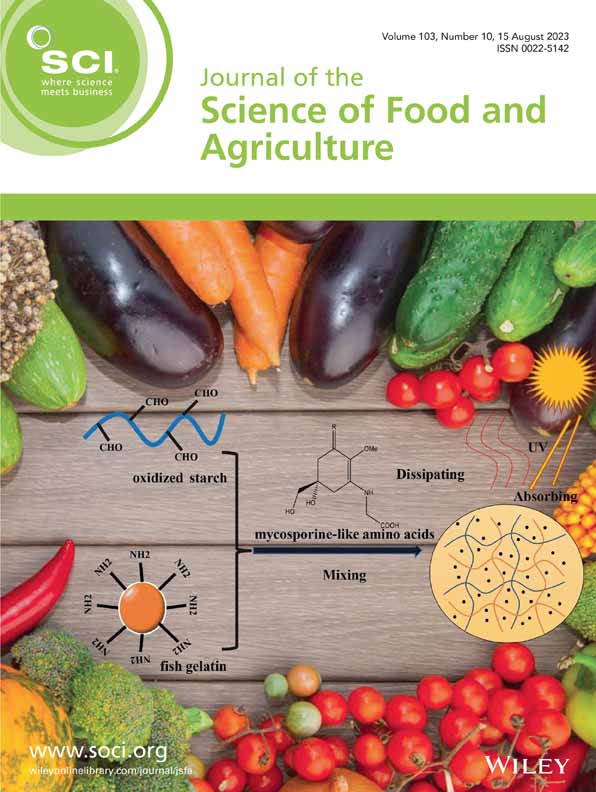View Item
- xmlui.general.dspace_homeCentros e Institutos de InvestigaciónCIRN. Centro de Investigaciones de Recursos NaturalesInstituto de Recursos BiológicosArtículos científicosxmlui.ArtifactBrowser.ItemViewer.trail
- DSpace Home
- Centros e Institutos de Investigación
- CIRN. Centro de Investigaciones de Recursos Naturales
- Instituto de Recursos Biológicos
- Artículos científicos
- View Item
On-farm assessment of yield and quality traits in durum wheat
Abstract
Durum wheat is key source of calories and nutrients for many regions of the world. Demand for it is predicted toincrease. Further efforts are therefore needed to develop new cultivars adapted to different future scenarios. Developing anovel cultivar takes, on average, 10 years and advanced lines are tested during the process, in general, under standardized con-ditions. Although evaluating candidate genotypes for commercial release under different on-farm
[ver mas...]
Durum wheat is key source of calories and nutrients for many regions of the world. Demand for it is predicted toincrease. Further efforts are therefore needed to develop new cultivars adapted to different future scenarios. Developing anovel cultivar takes, on average, 10 years and advanced lines are tested during the process, in general, under standardized con-ditions. Although evaluating candidate genotypes for commercial release under different on-farm conditions is a strategy thatis strongly recommended, its application for durum wheat and particularly for quality traits has been limited. This study eval-uated the grain yield and quality performance of eight different genotypes acrossfive contrasting farmers’fields over two sea-sons. Combining different analysis strategies, the most outstanding and stable genotypes were identified.RESULTS: The analyses revealed that some traits were mainly explained by the genotype effect (thousand kernel weight,flour sodiumdodecyl sulfate sedimentation volume, andflour yellowness), others by the management practices (yield and grain protein content),and others (test weight) by the year effect. In general, yield showed the highest range of variation across genotypes, managementpractices, and years and test weight the narrowest range. Flour yellowness was the most stable traitacross management conditions,while yield-related traits were the most unstable. We also determined the most representative and discriminativefield conditions,which is a beneficial strategy when breeders are constrained in their ability to develop multi-environment experiments.CONCLUSIONS: We concluded that assessing genotypes in different farming systems is a valid and complementary strategy foron-station trials for determining the performance of future commercial cultivars in heterogeneous environments to improvethe breeding process and resources.
[Cerrar]

Author
Tabbita, Facundo;
Ortiz-Monasterio, Iván;
Piñera-Chavez, Francisco J.;
Ibba, María Itria;
Guzmán, Carlos;
Fuente
Journal of the Science of Food and Agriculture 103 (10) : 5108-5115. (August 2023)
Date
2023-08-15
Editorial
Wiley
ISSN
0022-5142
1097-0010
1097-0010
Formato
pdf
Tipo de documento
artículo
Palabras Claves
Derechos de acceso
Restringido
 Excepto donde se diga explicitamente, este item se publica bajo la siguiente descripción: Creative Commons Attribution-NonCommercial-ShareAlike 2.5 Unported (CC BY-NC-SA 2.5)
Excepto donde se diga explicitamente, este item se publica bajo la siguiente descripción: Creative Commons Attribution-NonCommercial-ShareAlike 2.5 Unported (CC BY-NC-SA 2.5)


